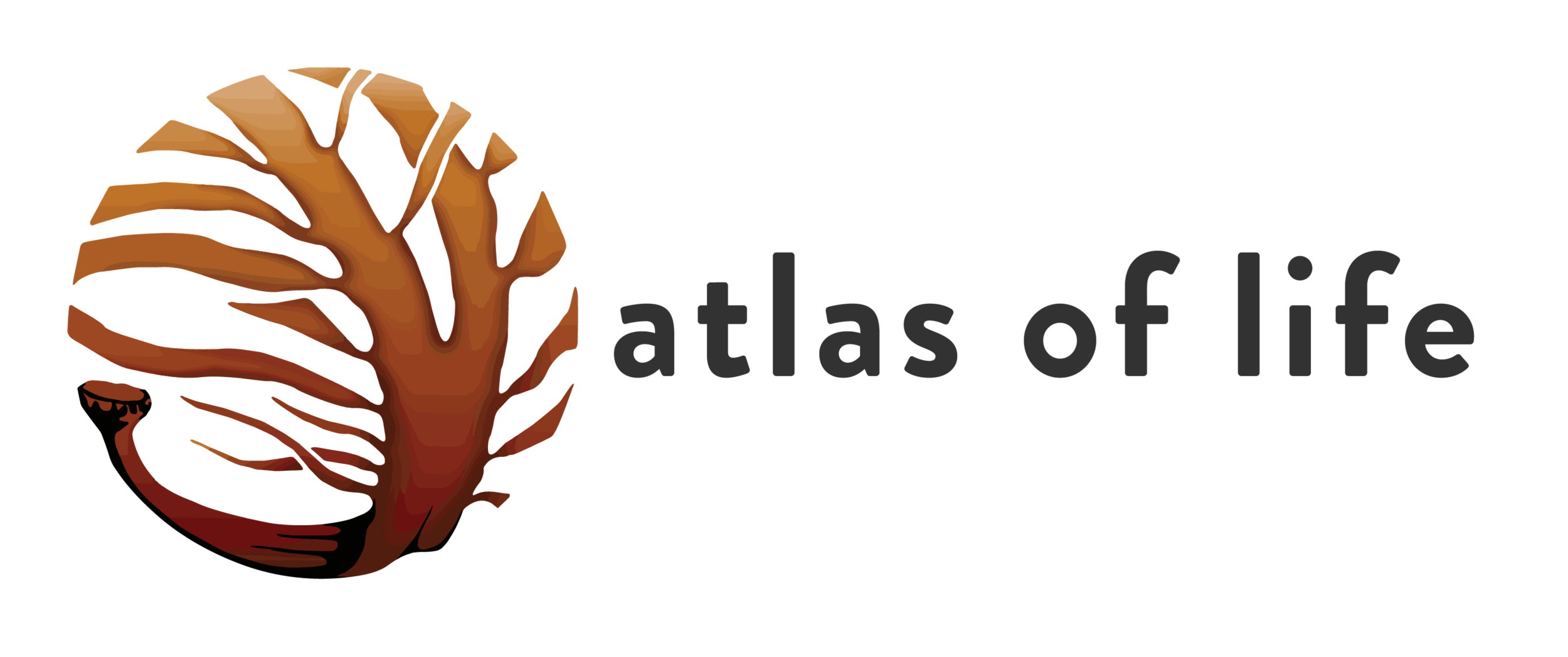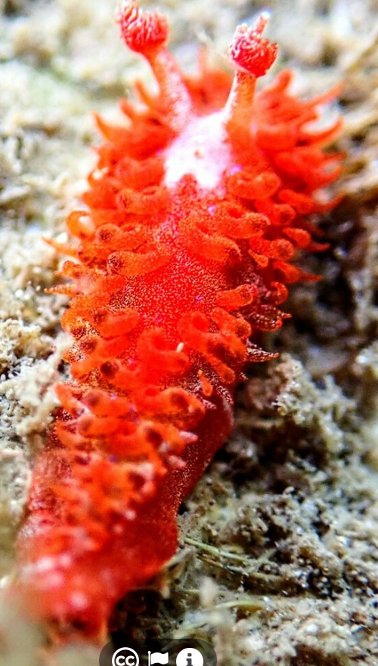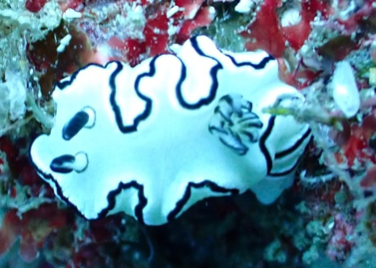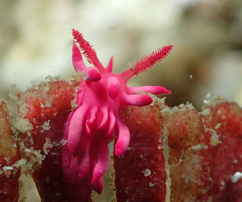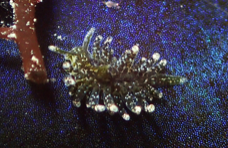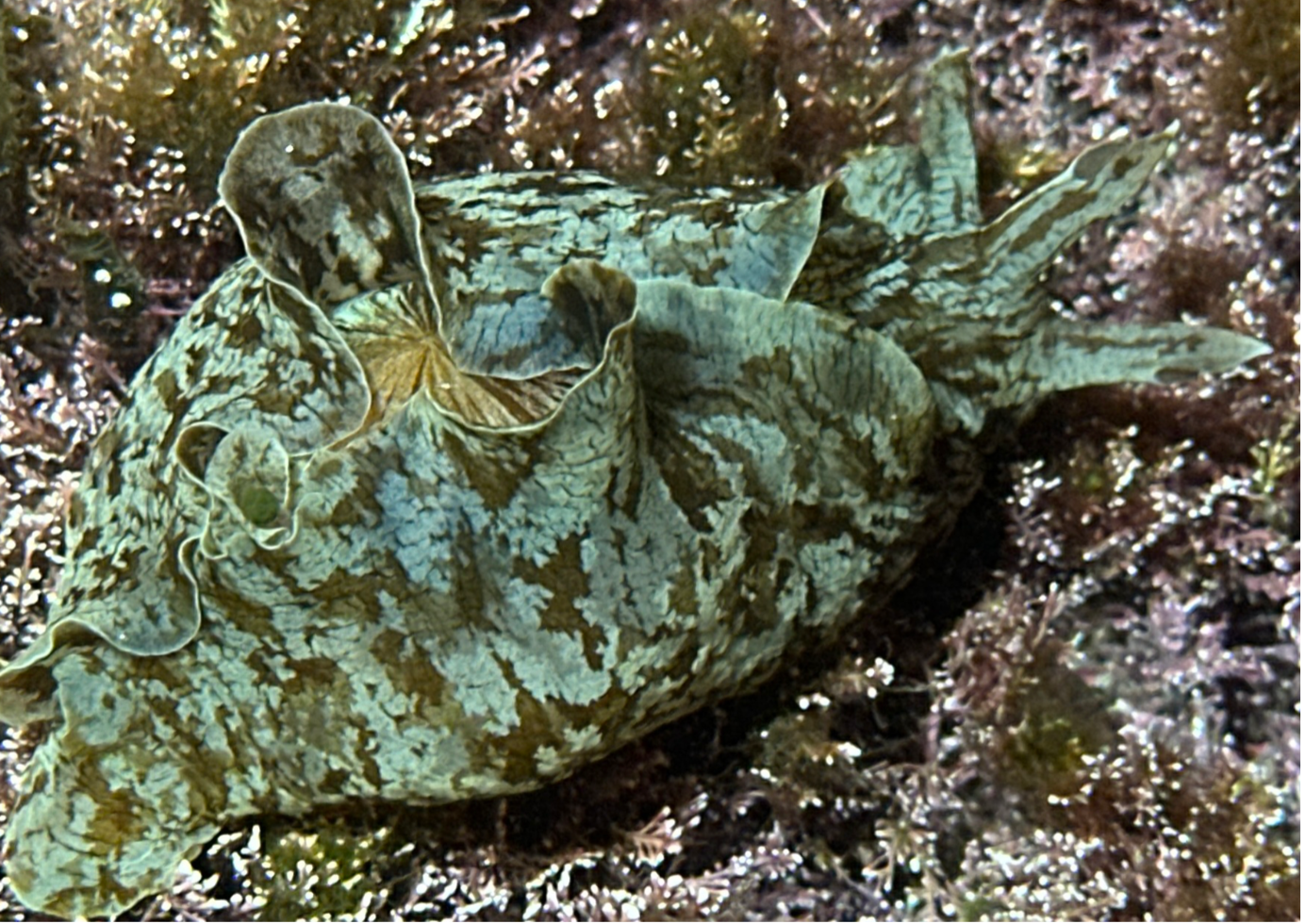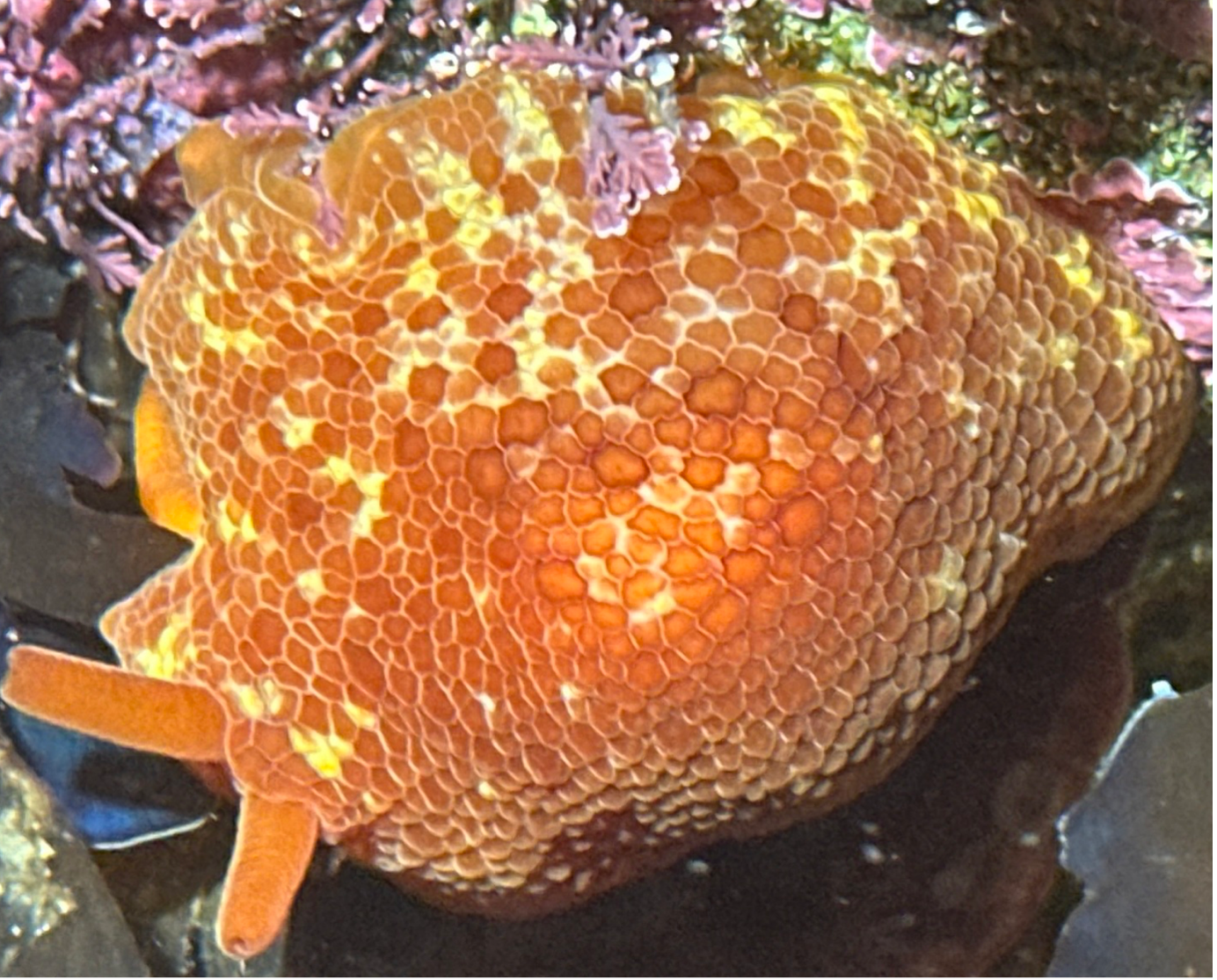Sea Slug Census - 2024
Atlas of Life
7th Sea Slug Census from March 7 – 17th
Thanks to everyone who joined us in the search along our coast for Sea Slugs of all descriptions in March.
The census covered the two Atlas of Life project areas, from Nagee to Kiama.
In the southern area, we were disappointed to find no Sea Slugs in areas we would expect to see them, Merimbula Lake estuary, Lennards Island, Edrom Lodge and Fisheries beach and along the Merimbula Boardwalk.
Happily, Jayde Rankin and Jenny Allitt and pals searched Cattle Bay and came up with 6 species, including a splendid orange Ragged Seahare and a Blood Red Madrella. Jenny also recorded a tiny Lamprohaminoea cymbalum which might be the furthest south for this species? At the end of the Survey Cayne Layton led a small group for a night snorkel at the Blue Pool which revealed a nice crop of old favourites and a nice Peron’s Pleurobranch.
Aplysia Sydneyensis seem to be the most frequently observed species this year and overall, we managed 26 records during the census period.
The Budawang Atlas of Life surveyors did much better, with 79 records of Sea slugs and Naomi Springett is way out in front with 29 records – congratulations and thanks! These include a delightful cluster of Stiliger aureomarginatus, a pair of Pancake Aphelodoris and two of the tiny sapsucker species. Around Jervis Bay the most recorded species are the Black-lined nudibranch, our old friend the Ceratosoma amoneum, Hypselodoris and the Australian Blue Dragon.
There has been a lot of adverse weather, storms and high rainfall in the preceding months and of course all the soft-bodied Sea Slugs suffer when that happens. Perhaps next year we will try the Sea Slug Census a bit later.
It is always interesting to see what a concerted effort shows up and as we add records, we add information and learn more about our local “jewels of the sea”. Please enjoy a selection of images below and of course you can see many more in iNaturalist.
Libby Hepburn April 2024
